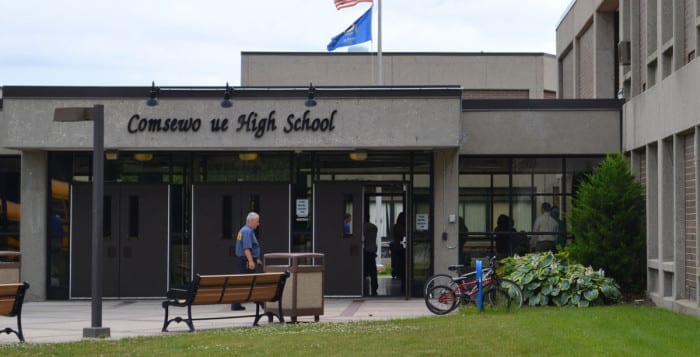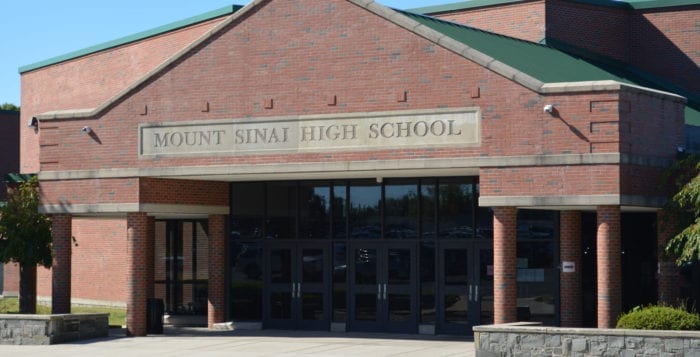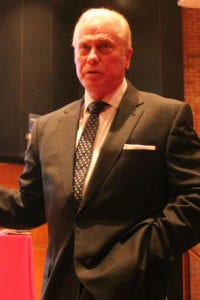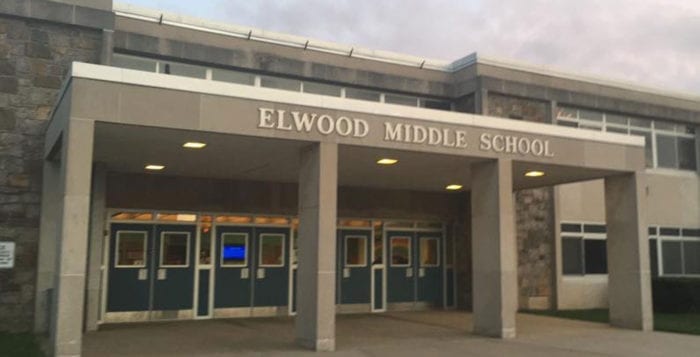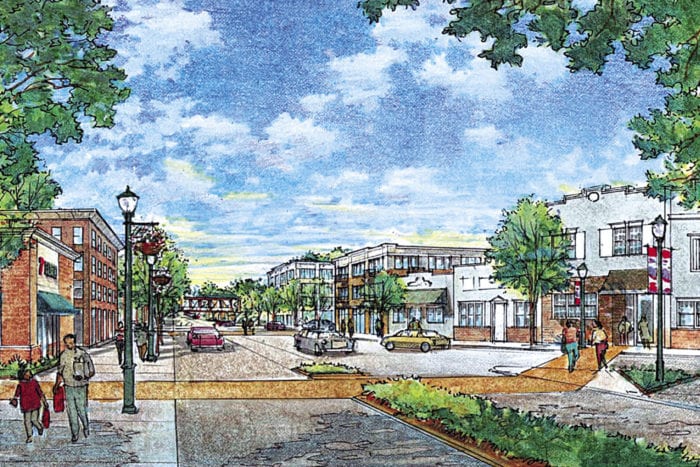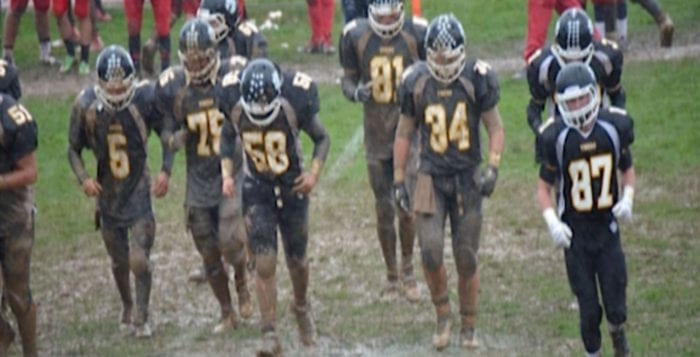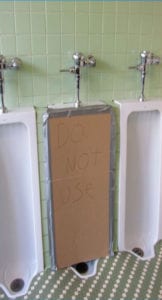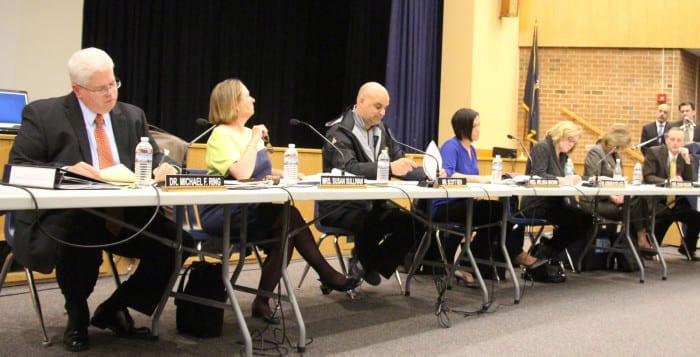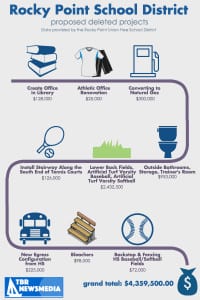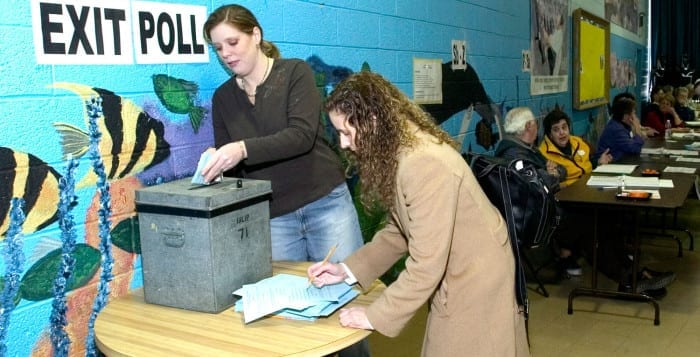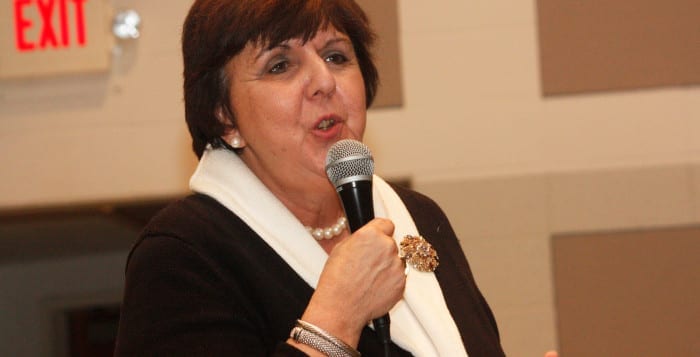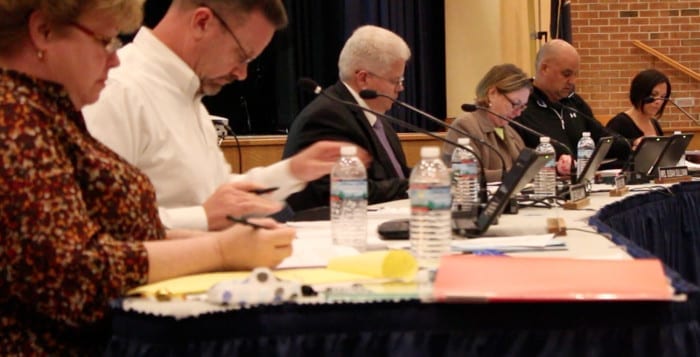The Comsewogue board of education had a community bonding experience Feb. 12.
The school district’s six buildings are in need of upgrades and improvements, according to its facilities committee, a group of 21 professionals from across Comsewogue including members of the board, administrators, architects, engineers, former teachers, civic association members and more. The group was assembled in early January, and has been holding workshops and meetings to compile a list of projects to recommend to the board.
The committee presented a list of more than 100 upgrades considered of the highest priority and identified as the A-list. The projects would take place in each of the district’s schools if a bond referendum were passed. Some of the projects include required upgrades to achieve compliance with the Americans with Disabilities Act; parking lots and sidewalks; security at all of the district buildings; exterior and interior building infrastructure; athletic fields and facilities; and kitchen upgrades among many others.
The total price tag for the A-list would be almost $32 million, paid for during a 15-year period with approximately $3 million in interest, according to the committee. If passed, the average taxpayer would see an increase of about $120 annually to their school tax bill, based on conservative state aid estimates which won’t be known until the spring.
The committee also presented two other potential propositions for the board to consider: one a $9 million B-list of items deemed to be of lower priority and the third a complete overhaul of just the district’s air-conditioning units for approximately $13 million. Members of the committee said after touring the district facilities and buildings, its initial list of projects was in the ballpark of $75 million, which it then pared down to what currently appears on the A-list.
Susan Casali, the district’s assistant superintendent for business, served as the leader of the facilities committee.
“They’ve been phenomenal,” Casali said, of her colleagues on the committee. “It has been a great process, a lot of input, a lot of knowledge. We went through a lot of things and they really worked hard.”
Casali said the committee also took public input along the way from teachers, organizations and others in the community who had requests for upgrades.
“The board needs to know, and the public should know, how very carefully we looked at what items were to make the A-list,” said Joan Nickeson, a member of the Facilities Committee engaged in several aspects of the Comsewogue community. Nickeson also praised the work on the committee of architect Kenneth Schupner and engineer Frederick Seeba.
“The engineers and the architects, I don’t know how well you know these gentlemen, but I was so impressed with their knowledge and their ability to handle a myriad of questions,” she said. “We looked so carefully at every item.”
Stephanie Jaklitsch, a former teacher in the district who also has children attending Comsewogue schools, offered her input as a member of the committee.
“We’ve really touched everywhere that your child could be from safety in the parking lots and curbs, to every elementary classroom getting a face-lift,” she said. “Our students are going to see changes all the way through their education.”
Board of education president John Swenning, and Superintendent Joe Rella each thanked the committee for its thorough work, dedication to improving the Comsewogue environment and generosity in lending each of their personal levels of expertise to the group.
Some of the higher-priced projects included in the committee’s recommendation are: a new roof including solar panels at Terryville Road Elementary School; interior work at JFK Middle School, including some classroom and hallway renovations; and athletic upgrades at the high school to the
concession stand building.
The board will vote March 5 on the recommendations, and if it elects to move forward, to establish the specifics of the bond referendum and how it would appear on a ballot. The referendum would be included as a separate proposition on the same ballot as the annual budget and school board vote to be held May 15.
The full list of project recommendations is expected to be posted and available on the district website, www.comsewogue.k12.ny.us.
This post was updated Feb. 14 for grammatical fixes.

